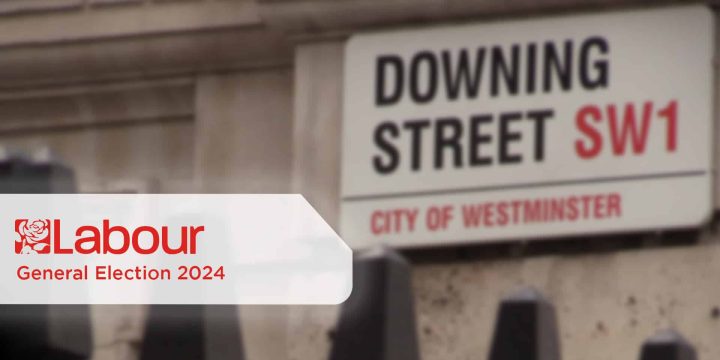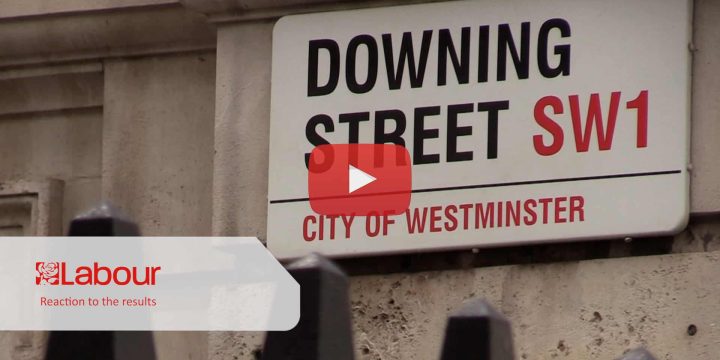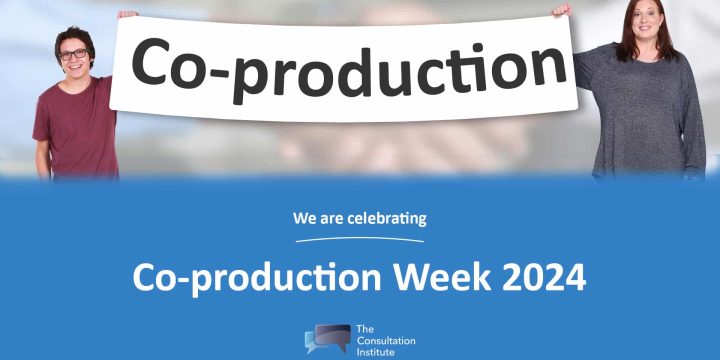News & Insights
Communicating active travel objectives, benefits, and impacts to diverse audiences
Active travel is increasingly recognised for its potential to create healthier, more sustainable urban environments. Effectively communicating the objectives, benefits, and impacts of active travel is crucial for gaining public support and promoting widespread adoption. Here’s how local authorities can tailor their active travel messages to resonate with diverse audiences.
Understanding the audience. The first step in effective communication is understanding who the audience is. Different groups may have varying interests, needs, and concerns when it comes to active travel. For example, parents may be interested in the health benefits for their children, while business owners might focus on how changes could affect their customer traffic and revenues. Identifying these segments and understanding their perspectives is crucial for crafting messages that appeal directly to their interests.
Framing the benefits. Once audiences are identified, the next step is to frame the benefits of active travel in a way that aligns with their values and priorities. Here are a few examples:
- Health and wellness: Emphasise how active travel can improve physical health, reduce stress, and enhance overall wellbeing. This can be particularly appealing to schools, healthcare providers, and local health organisations.
- Environmental impact: Highlight the reduction in carbon emissions and air pollution, which will resonate with environmental groups and younger audiences who are typically more environmentally conscious.
- Economic advantages: Discuss the potential for increased foot traffic, which can boost local business, and the savings on transportation costs for individuals and families.
- Community and safety: Point out how active travel can lead to safer, more connected communities. This message can appeal to neighbourhood groups and local safety committees.
Using the right channels. Different audiences gather information through different channels. Younger demographics might be more accessible via social media platforms like Instagram and TikTok, while older residents might prefer local newspapers or email newsletters. Community meetings, webinars, and workshops can engage those who prefer direct interaction and provide more comprehensive information and feedback opportunities.
Tailoring the language. The language used should be clear, accessible, and free from jargon. It should also reflect the cultural and social context of the audience. For instance, using community-specific examples or analogies can make the information more relatable and easier to understand.
Visuals and stories. Visual aids like maps, infographics, and before-and-after images of other successful active travel initiatives can help illustrate the benefits and potential transformations. Personal stories and testimonials from community members who have benefited from active travel can also be very powerful in illustrating the positive impacts and encouraging others to participate.
Feedback and engagement. Effective communication is a two-way process. Providing opportunities for feedback and engagement allows the audience to ask questions, express concerns, and feel involved in the planning process. This not only improves the communication strategy but also helps build trust and community buy-in.
Regular updates. Keep the community informed about the progress of active travel initiatives. Regular updates via chosen communication channels can maintain interest and momentum. Highlighting small wins and milestones can help keep the community engaged and supportive over the long term.
In summary, effectively communicating the objectives, benefits, and impacts of active travel requires a strategic approach tailored to diverse audiences. By understanding your target audience, using appropriate messaging, leveraging the right channels, and encouraging ongoing engagement, stakeholders can promote a broader acceptance and enthusiasm for active travel initiatives across all segments of the community.
In an era defined by rapid change and evolving stakeholder expectations, the need for robust stakeholder engagement has never been greater. Whether you’re a seasoned developer, a policymaker seeking to foster public trust, or a community advocate striving to make your voice heard, the Consultation Institute provides a treasure trove of resources, insights, and practical guidance to help you navigate the complexities of public engagement with confidence and clarity.
Our job is to help local authorities across the country build an active travel vision, one that is developed for future generations, and it is a task that we are excited to help you deliver. We can play a vital role in supporting your active travel aspirations by providing expert guidance, tailored strategies, benchmarking and evaluation, training and capacity building, knowledge sharing, and advocacy efforts. Our expertise and resources can help ensure that engagement processes related to active travel are robust, inclusive, and effective in achieving desired outcomes for communities and stakeholders.
Speak with a member of the team today by calling 01767 318350 or email us to find out how we can support you develop and deliver meaningful and effective active travel engagement.



